What is tetrahydrocannabinol?
We explain everything about the psychoactive component of cannabis
Tetrahydrocannabinol,also known as THC,is one of the main active compounds that can be found in cannabis. It is what affects what are the neurotransmitters of the human body, producing the known psychotropic effect of marijuana. What properties does marijuana have?
Being this plant one of the most known opioids, it is important to know how THC can affect people when they consume it, either for medical treatment or purely for leisure.
Find out what benefits and side effects tetrahydrocannabinol can have when it interacts with the endocannabinoid system of the human body.
Showing 1–8 of 25 results
-
Sale!
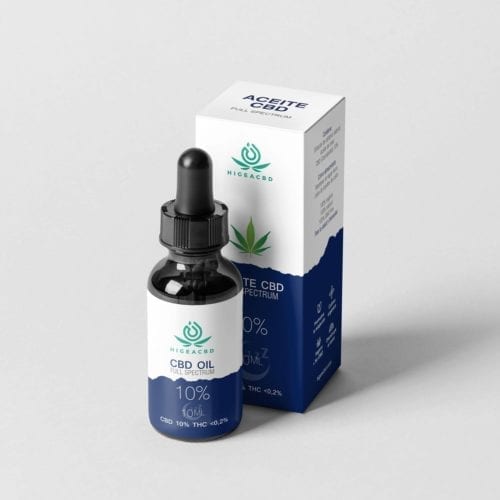
Aceite Higea CBD 10%
29,95€ Add to cart -
Sale!
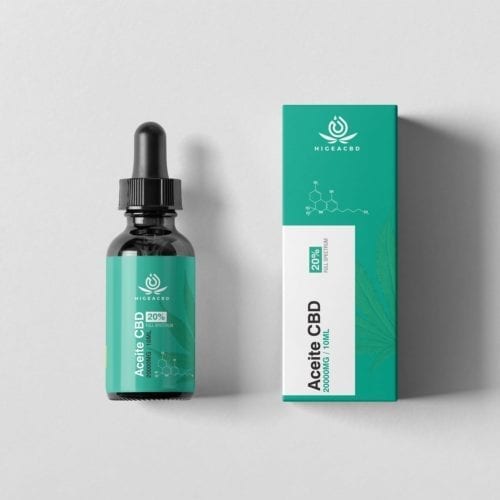
Hygea CBD Oil 20%.
49,90€ Add to cart -
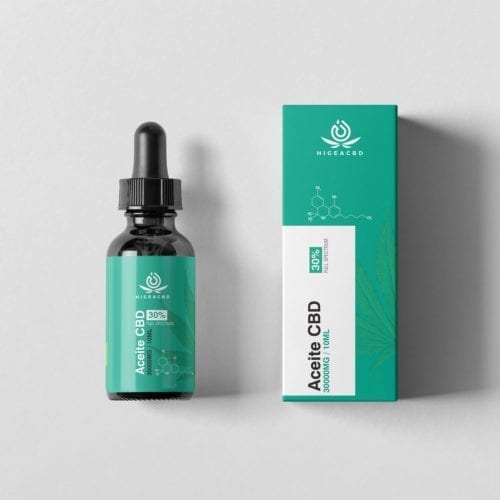
Hygea CBD oil 30%.
89,95€ Add to cart -
Sale!
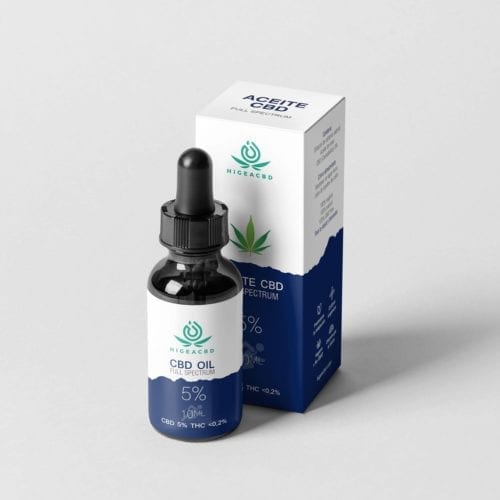
Aceite Higea CBD 5%
19,95€ Add to cart -

Higea CBD muscle pain cream 50 ml
21,95€ Add to cart -

Basic Pack
47,41€ Add to cart -

Medium pack
94,81€ Add to cart -
Sale!
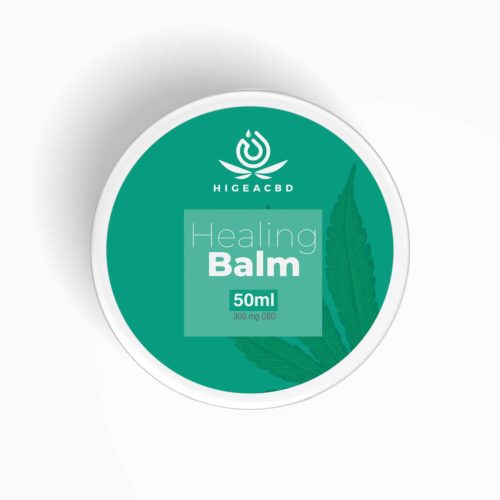
Healing Balm Hygea CBD
19,95€ Add to cart
The chemical compound tetrahydrocannabinol and the human body
Another name that has this chemical compound is delta 9 tetrahydrocannabinol. Depending on which part of the human body, the effects it will offer will be very different.
Examples include:
- Hypothalamus, creating appetite disorder and eating.
- Brainstem, altering the heart rhythm to induce greater relaxation.
- Isolate it, relaxing this gland to reduce responses to panic, stress and anxiety.
- The cerebral cortex, where it generates distortions in cognitive processes.
- Hippocampus, reducing the ability to memorize in a short period of time.
- Cerebellum, reducing consumer coordination and balance.
Affecting to a greater or lesser extent in each of these organs depends on the natural resistance that each person has and its internal receptors. It will also depend, of course, on the dose used.
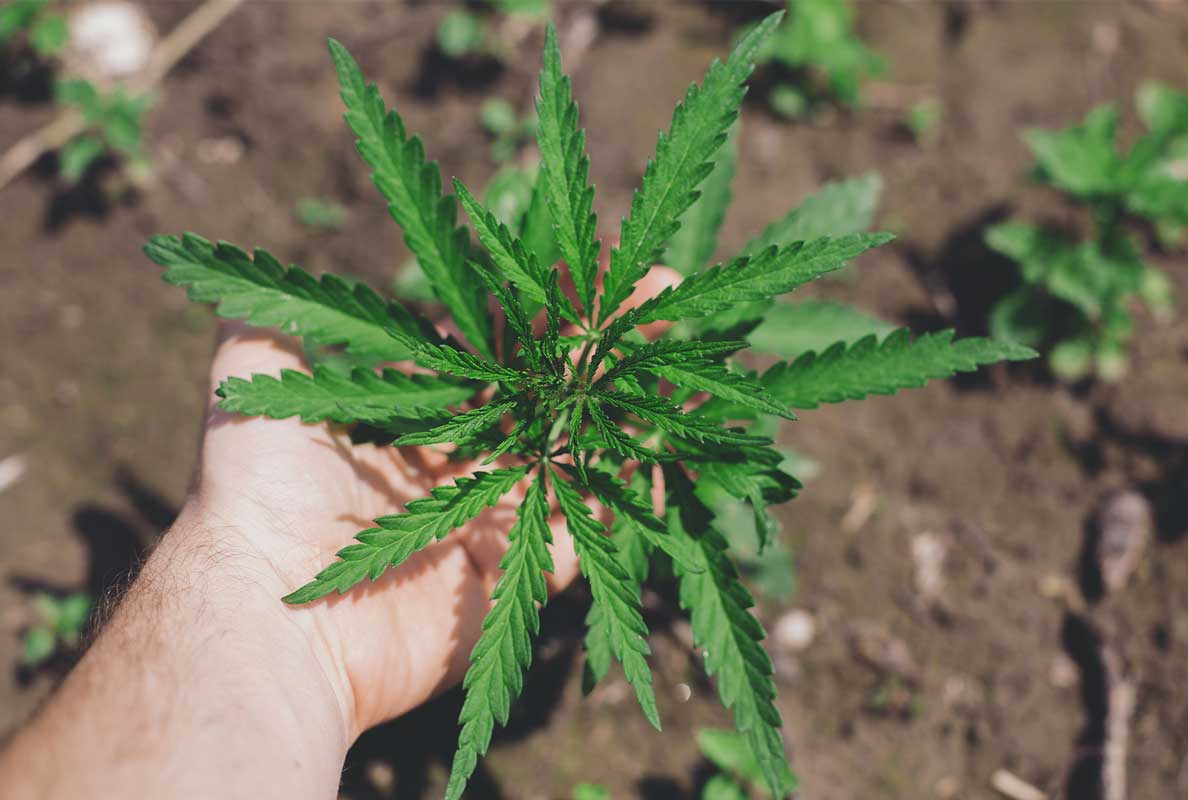
How do cannabinoid receptors and THC interact?
When talking about the endocannabinoid system, reference is made to that method of communication that cells have with each other.
Within this communicative process, in the synaptic cleft of cells, cannabinoid receptors play a fundamental role.
And it is these that have the ability to transmit signals, such as informing other cells in the body about the need to obtain energy.
To do this, it performs an activation of fatty acids called endocannabinoids,allowing communication.
When THC is introduced into the human body, the cannabinoid receptors of the cells absorb it,generating all the results that this active compound generates when consumed.
Consequently, glutamate that is used as a neurotransmitter does not flow properly between cells, producing the relaxing effect that carries all the effects associated with THC.
What are the benefits of using tetrahydrocannabinol?
Beyond its recreational use, cannabis and its active compound can be very useful when it comes to medical treatments.
Therefore, some of the benefits that can be obtained when using tetrahydrocannabinol as a medicine are:
- Analgesic, reducing sensitivity to punctual and chronic pain.
- Muscle relaxant, allowing a longer and complete rest.
- Anti-inflammatory, assisting in the healing processes of certain permanent injuries and diseases.
- Anti-nausea and anti-motion sickness, making life easier for those prone to these circumstances.
- It stimulates appetite, making ailments not an impediment to eating properly.
THC has a medical use in diseases such as Parkinson’s, osteoarthritis, neuropathic and metastatic pain caused by cancer and helps with muscle stiffness caused by Multiple Sclerosis.
It is important that the use of this active compound is always assisted by a medical professional, providing the correct dosage so that the benefits it brings are always greater than the harmful effects.
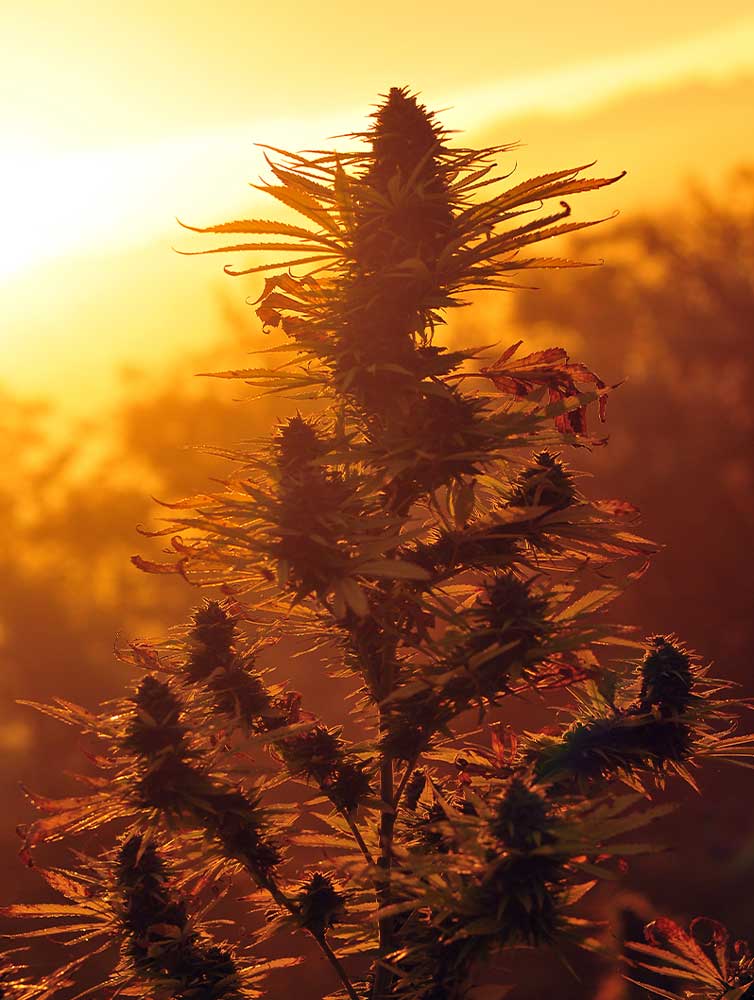
What side effects does THC have?
Although its properties help to relieve symptoms, discomfort and pain that occur during some diseases, tetrahydrocannabinol also has certain side effects that should be considered. Among them are:
- Constant feeling of tiredness and drowsiness, which can affect work and day-to-day staff performance.
- Dry mouth, so you’ll want to drink steadily.
- Headaches and dizziness, affecting the mental state of the person who has used THC.
- Coordination problems, being the lack of balance and the clumsiness of hands the most noteworthy effects.
Depending on the dose and resistance to THC, each person may be affected more or less intensely. The important thing is to know yourself and find out what limits should not be overcome.
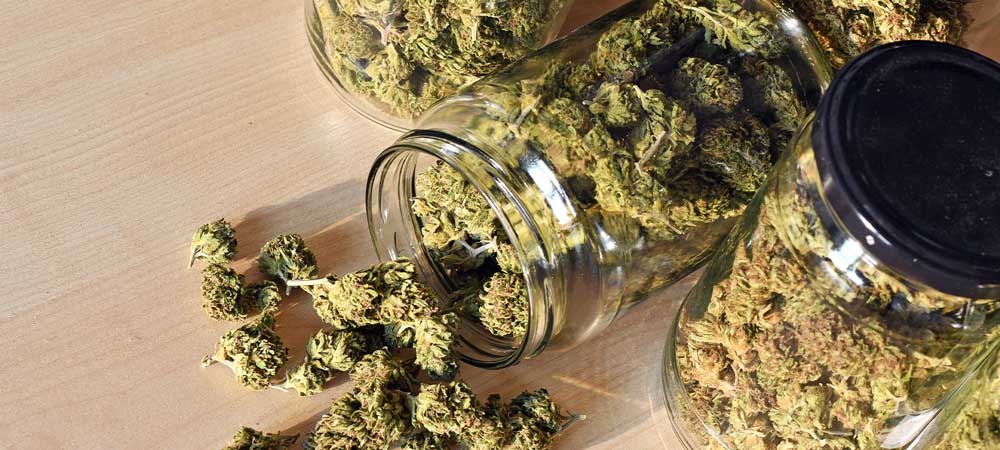
Where is THC obtained?
THC is found in the female flowers of the marijuana plant, that is, in the well-known buds.
These have resin glands that when dried generate a process and the THC it contains obtains the psychoactive properties indicated above.
Depending on the strain of the marijuana plant, light, humidity and some more characteristics, the psychoactive properties of THC may vary in intensity. In addition to the amount of resin the plant has.
Currently they cross the marijuana plant and hemp to achieve a higher concentration of THC.
Related articles
Hemp liquor
There are many important things about hemp liqueur that you should know, beyond how to prepare the drink.
Other plants that generate cannabinoids
Cannabinoids are not a compound unique to the cannabis plant. There are other plants that generate phytocannabinoids Enter!
CBD y acupuntura
Acupuncture is an ancient relaxation technique. Does its CBD combination make it more effective? Come in and find out!
What are anthocyanins?
Anthocyanins is one of the flavonoids present in the cannabis plant that has made its appearance in many scientific journals.
What are flavanols?
Flavanols belong to the group of flavonoids, essential phytonutrients for our body and present in cannabis. Enters!
Marijuana plant properties
Know the properties of the medical marijuana plant and enjoy its benefits for your body. Deliveries in 24 hours!
Subscribe to our newsletter
Subscribe and receive a 10% discount on your purchase.
Store
Categories
Guides
Legal notice and privacy policy








